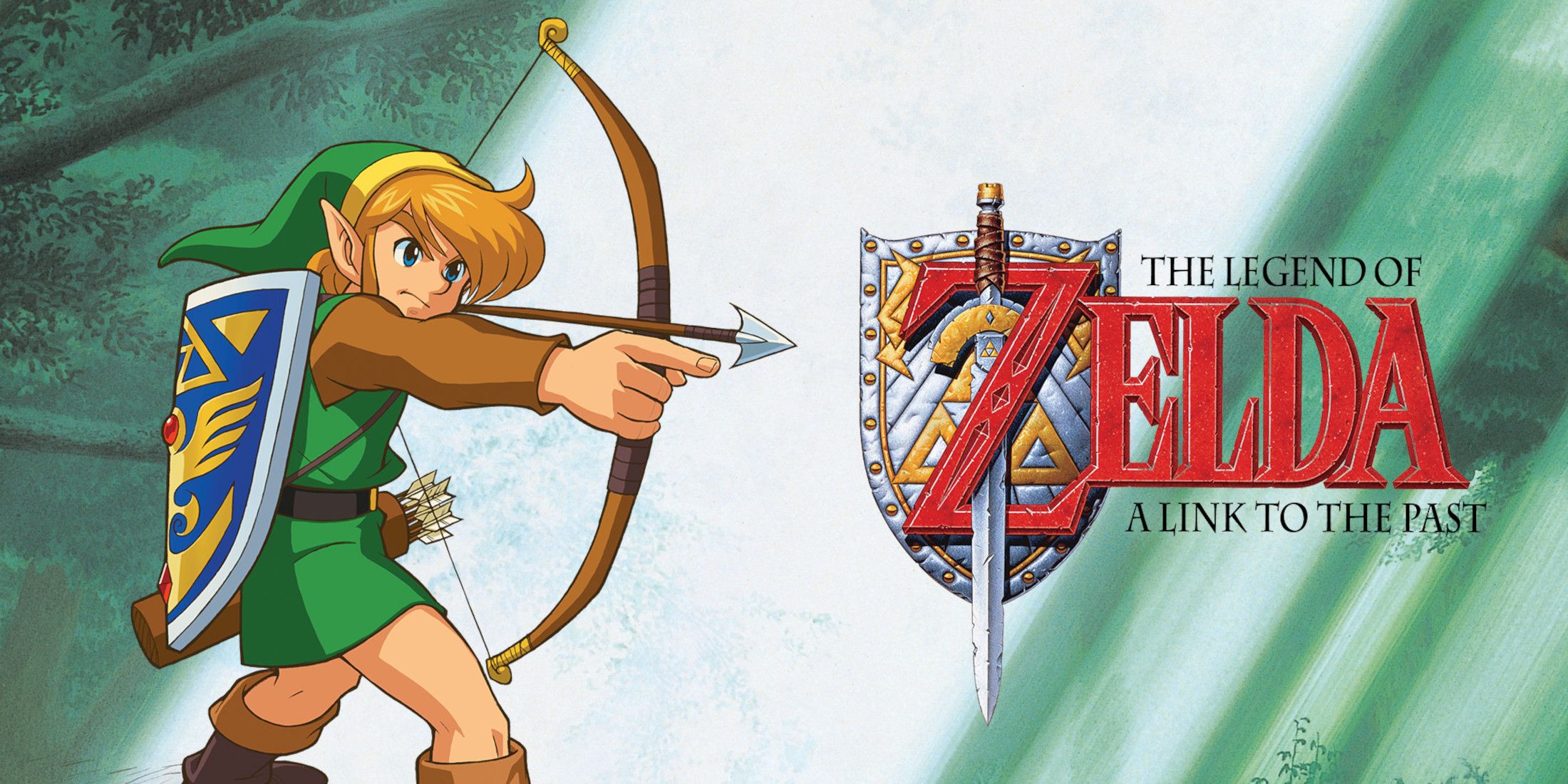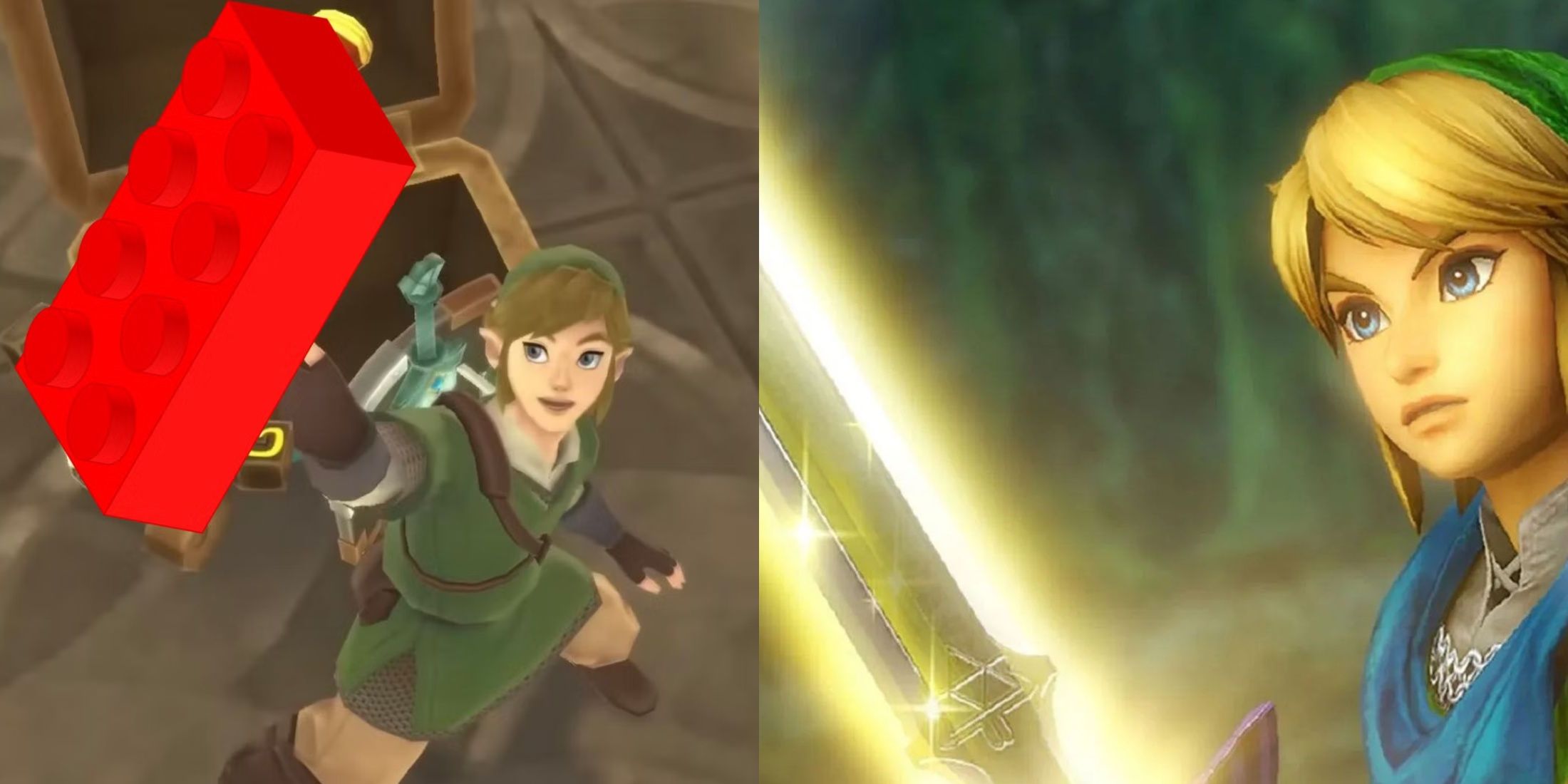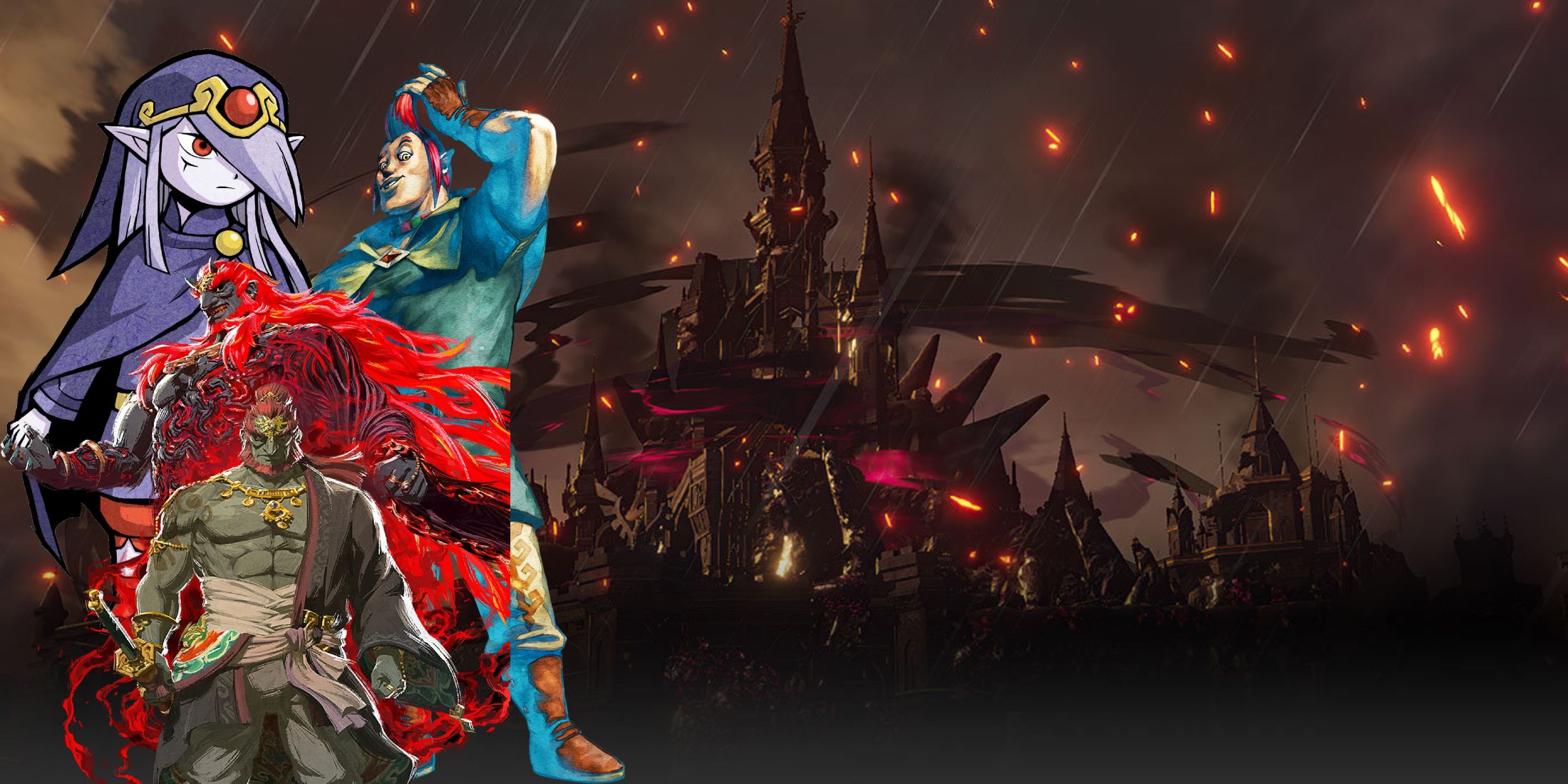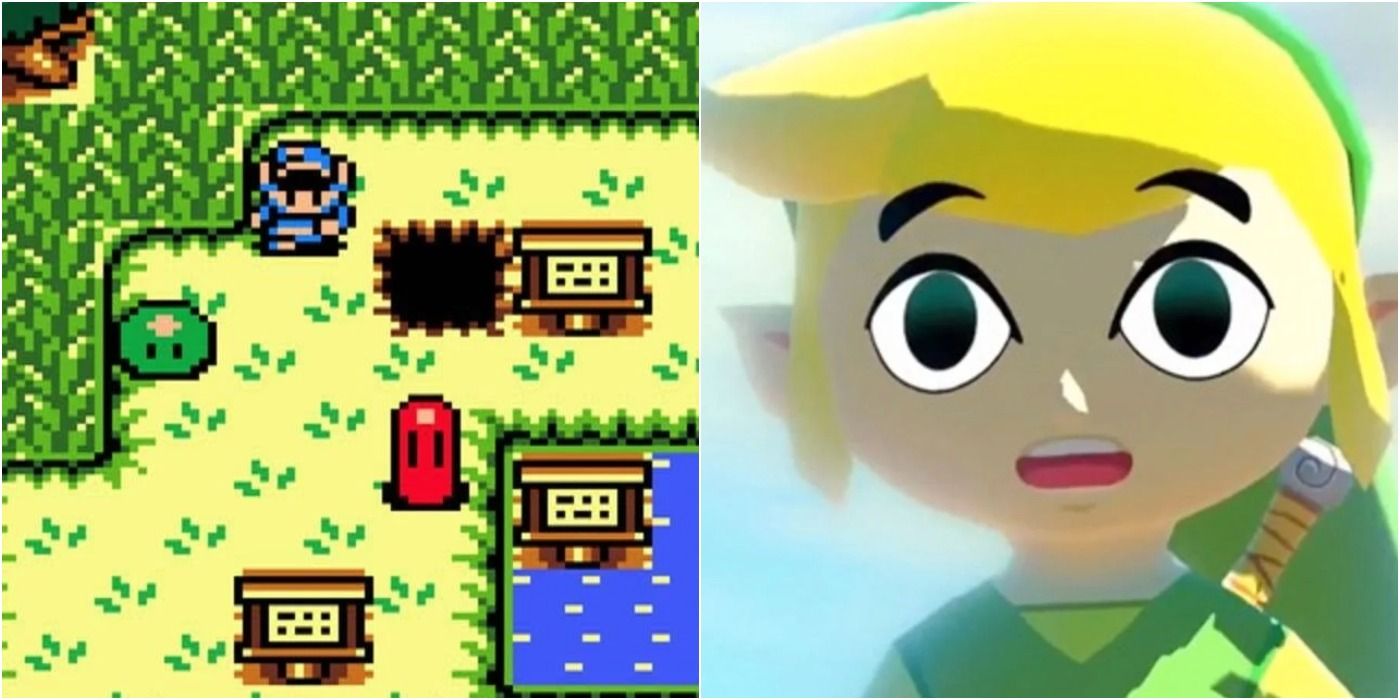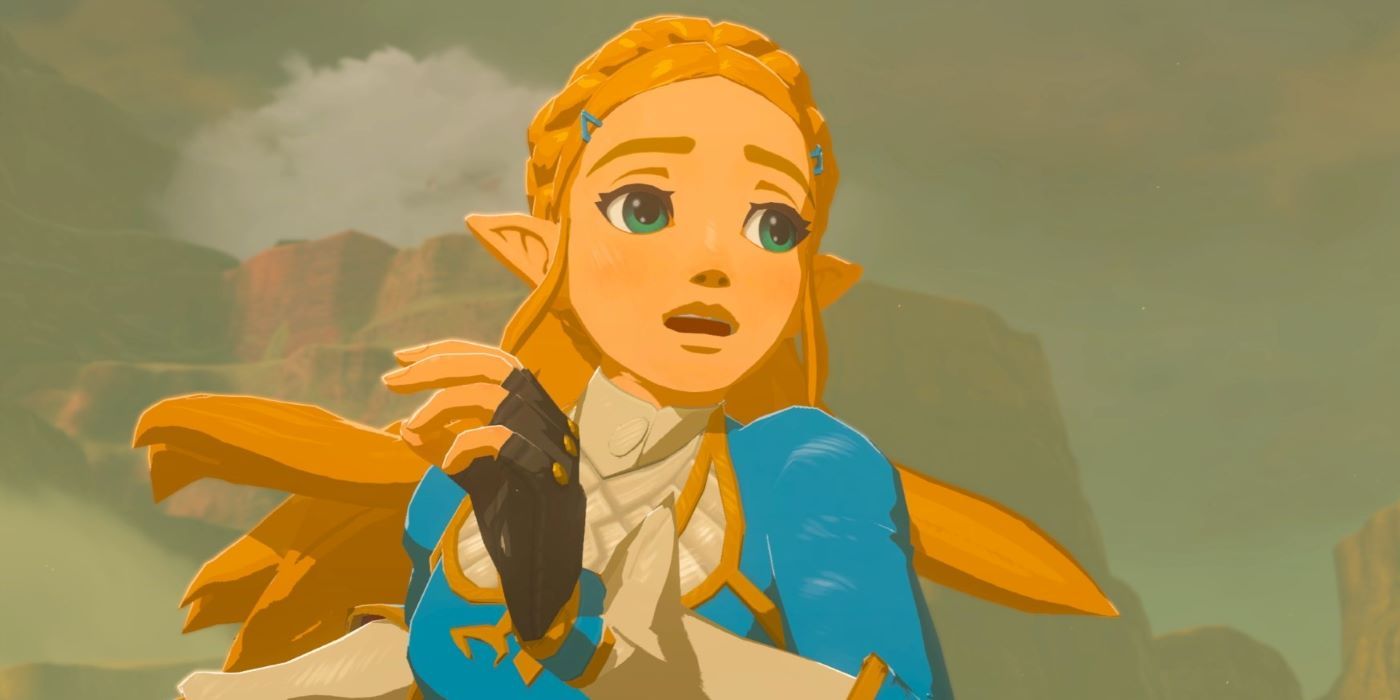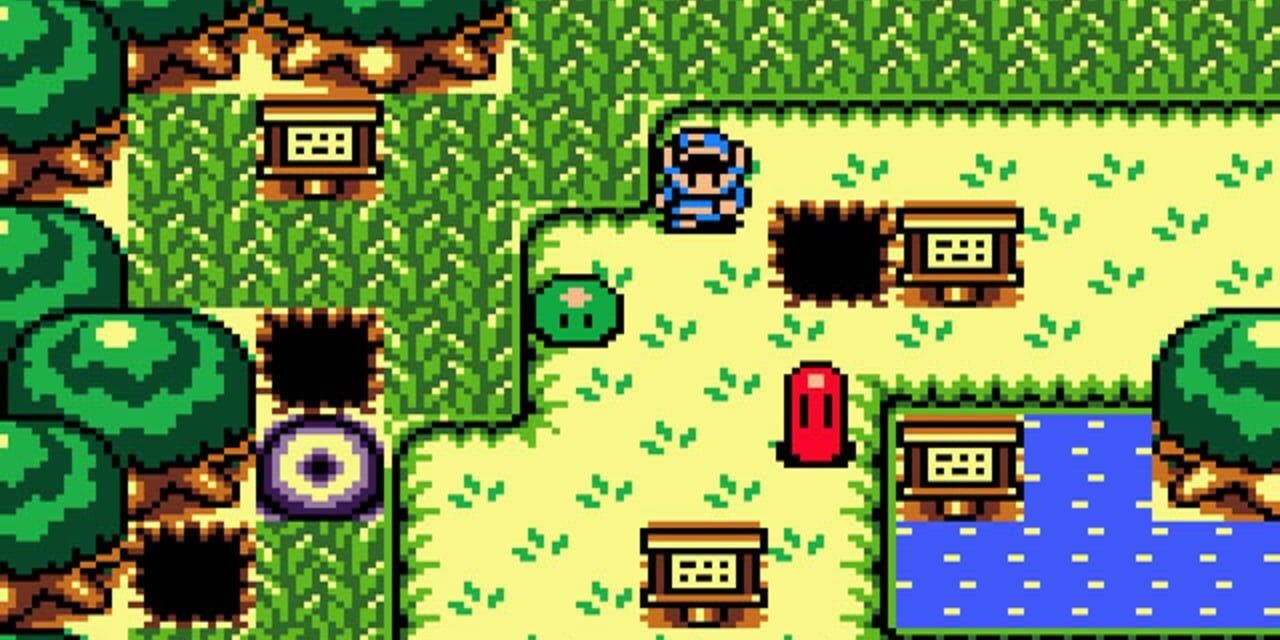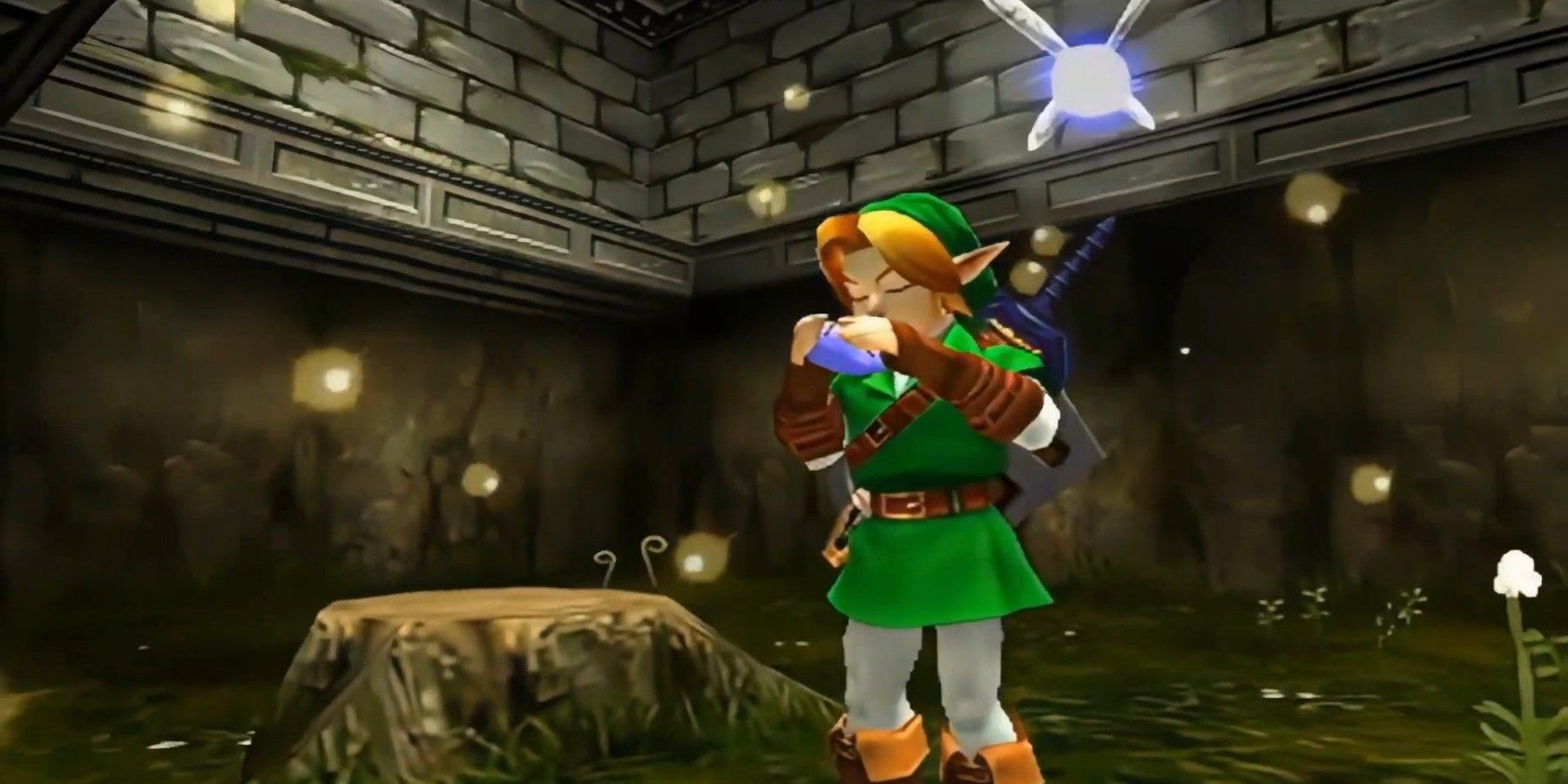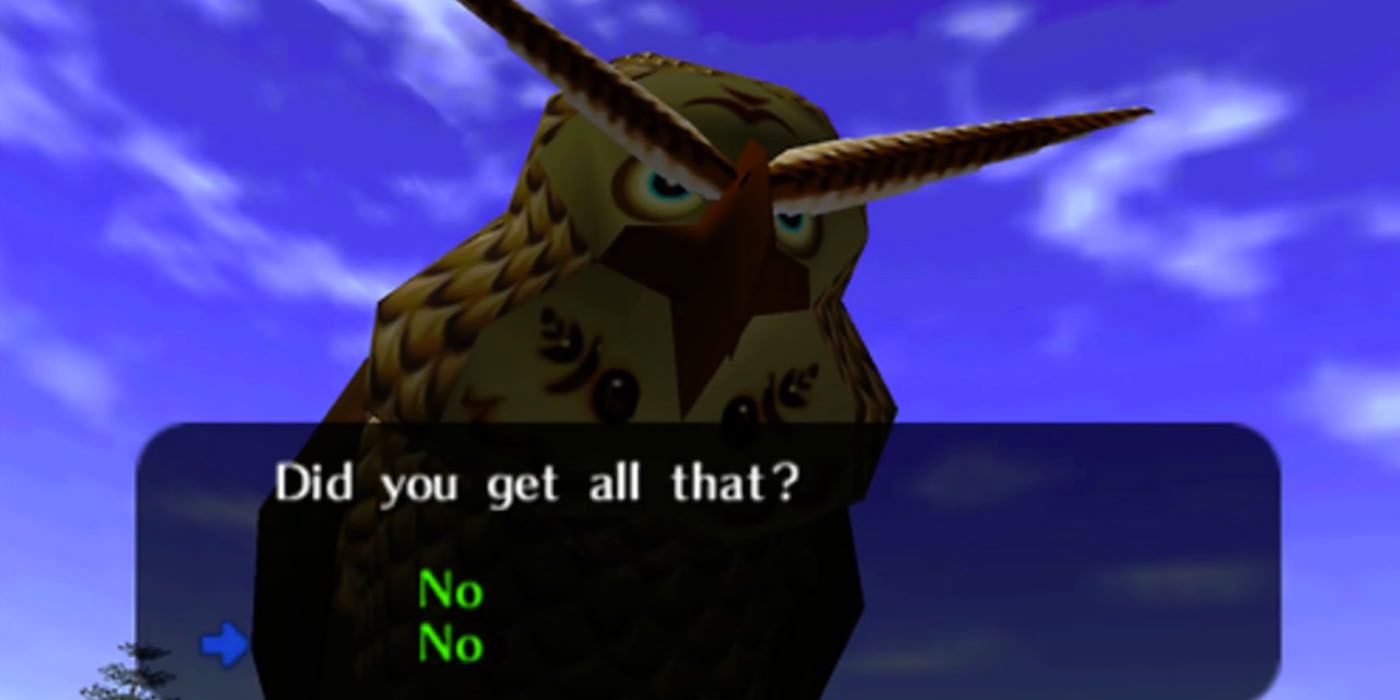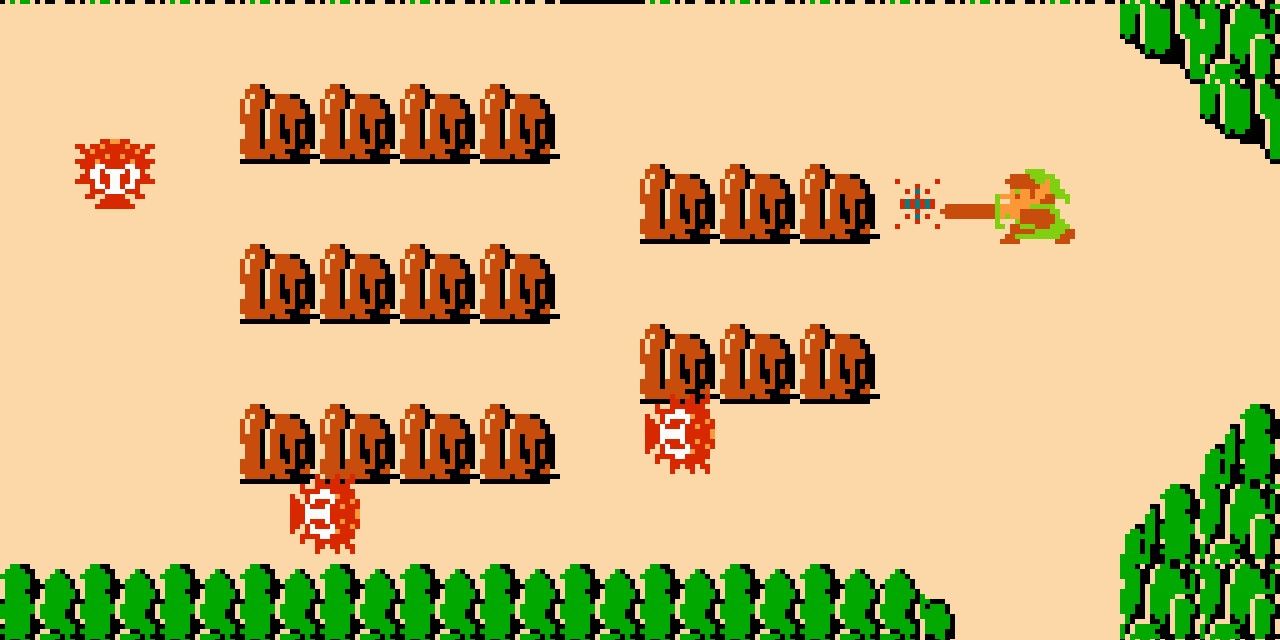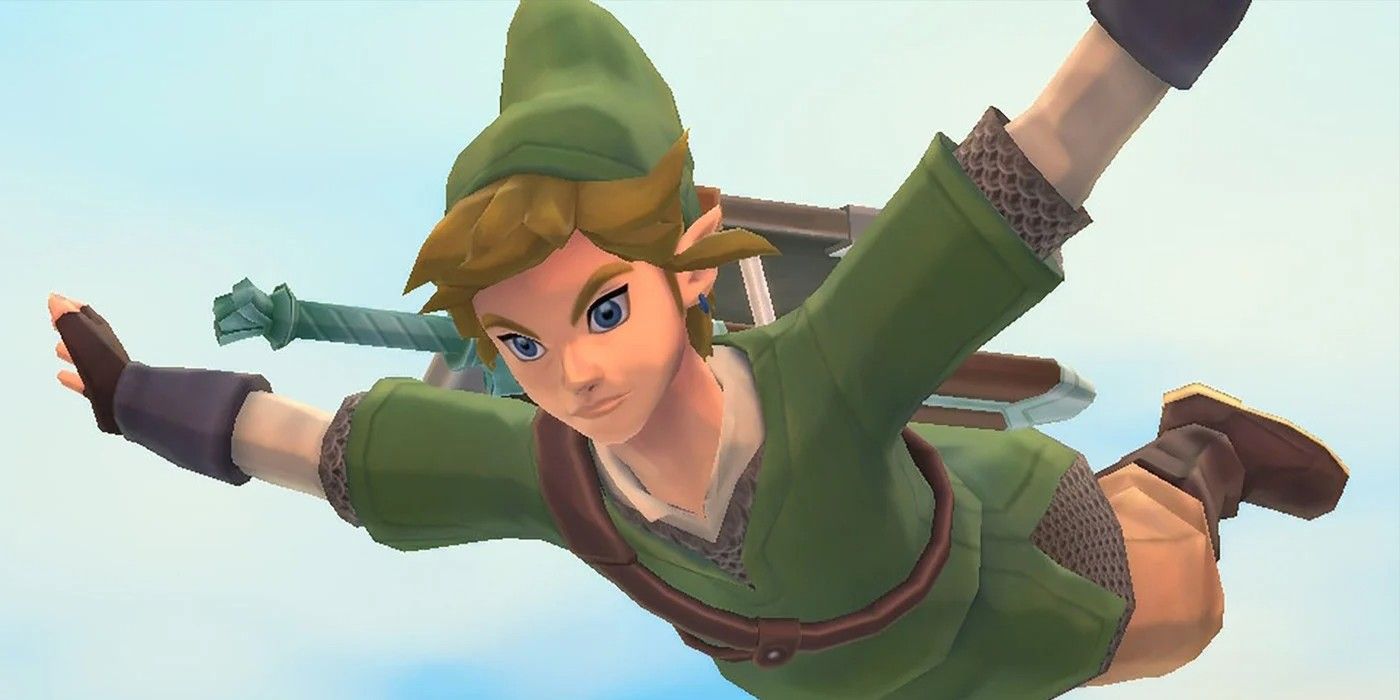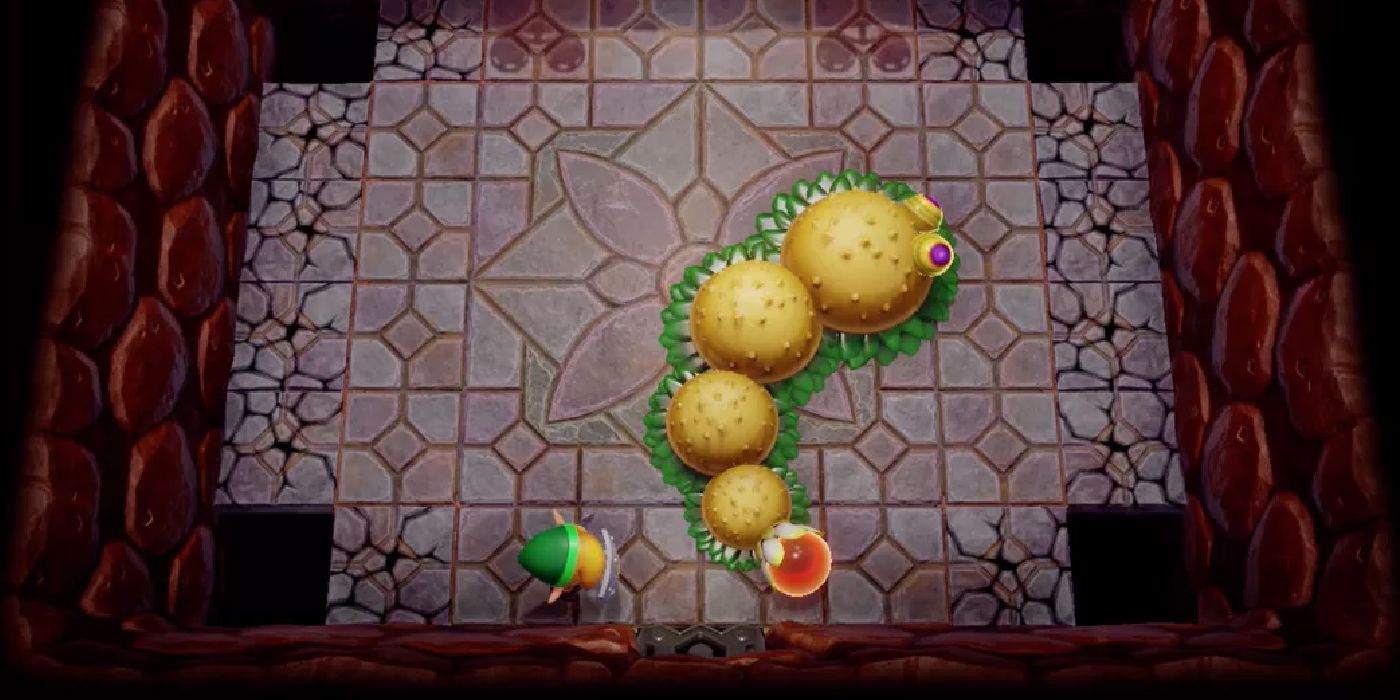The Legend of Zelda series is one of the most well-recognized video game franchises going all the way back to the days of the Nintendo Entertainment System. In most games in the series, there were a number of tropes that carried over between titles – a lot of them being things that modern Zelda shies away from.
Minor annoyances and major problems with classic Zelda games have, for the most part, been solved over time with different solutions. Breath of the Wild changed up the Zelda formula so much that it's almost a different game altogether, and a lot of classic gameplay features that the series used to be known for aren't around anymore.
7 The Low-Heart Beeping
When the player is low on hearts in just about any Zelda title leading up to Skyward Sword, an incredibly high-pitched, ringing sound plays constantly. It's a reminder to players to get health as soon as possible as the sound stops playing when the player goes above one heart.
In recent iterations in the series, as well as in recent remasters of classic titles like Link's Awakening, this low-heart beeping noise is not nearly as annoying as it used to be. It's still there to remind players to pick up health, but no longer do players have to endure that piercing sound clip as a torturous motivator.
6 Nothing Was Explained (In The Original 2D Games)...
In the original 2D games going up to Link's Awakening, there was very little in the way of narrative exposition or exactly "why" the player was doing what they were doing. The first game was especially evident of this, with almost no story at all to explain the setting and goal.
It was a trope of the series early on that was rectified with Ocarina of Time, after which most Zelda titles (even the 2D ones) did a better job of incorporating tutorials and explanations into the exposition. While the Zelda franchise was once known for its lack of contextual detail, 3D games then took the series 180 degrees in the opposite direction.
5 ...And Too Much Was Explained (In The Original 3D Games)
In Ocarina of Time and Majora's Mask the Zelda series took a turn in the opposite direction when it comes to explaining what's going on and how to do it – partly because they were the first 3D games in the series and players had to learn these new controls. Ocarina of Time, specifically, is evidence of two major problems with this approach: Navi and the Owl.
Whenever the player targets something or arrives in almost any new area, Navi will have something to say about it. Whether the solution to a puzzle is easy or not, Navi has a tip to complete it. For the most part, this makes the game incredibly easy to get through, offering no real challenge to players. Then there's the Owl – an all-too-verbose plot-driver whose dialogue is far, far too easy to accidentally repeat.
4 Owls Keep Showing Up
Owls were consistently represented throughout the early Zelda games, and then suddenly they stopped appearing as major drivers of fate altogether. Two notable appearances include those in Link's Awakening and Ocarina of Time, though fans more fondly remember the former than the latter.
After Majora's Mask, though, owls have sparsely been seen in the series aside from a distantly rendered polygon or a subtle reference. For example, Gaepora, the head of the Knight Academy in Skyward Sword, has a close resemblance to the owl from Ocarina of Time.
3 Zelda Was Known For Linearity, Until BOTW
Throughout the years no series has been more associated with linearity than the Legend of Zelda games. The games' open worlds are severely inhibited by linear progress in the game, meaning you can't progress to the next dungeon without doing exactly what the developers want you to do in order to get there.
This was true for just about every game in the series until Breath of the Wild. Many a speedrunner have taken the chance to show their quality by going straight for Calamity Ganon from the outset of the game. While its predecessors Skyward Sword and A Link Between Worlds were both criticized for their linearity, Breath of the Wild was praised for its incredible open world.
2 Link Always Wears A Green Tunic
One thing that remained consistent throughout the Zelda franchise is that Link must always wear a green tunic with a little pointy conical hat. There are a few exceptions, notably Four Swords Adventures and Ocarina of Time, but even in these games Link at some point dons his classic green gear.
In Breath of the Wild, though, fans were initially shocked that Link wouldn't be clad in his iconic green clothing, instead shown wearing a blue tunic. Players can of course find the classic gear in-game, as well as a huge assortment of other armors, but it's the first game in the series where Link doesn't primarily don the classic look.
1 Screen-Scrolling Room-By-Room Dungeon Design
One of the highlights of the classic Zelda titles is its room-by-room dungeon layouts. When a player goes to the edge of the screen, the game pauses, advances one room, and then unpauses in the new location. These layouts and screen-scrolling mechanics are so iconic that they were the main inspiration behind The Binding of Isaac's level design philosophy.
Modern Zelda titles have mostly shied away from this method of dungeon design – even the top-down Spirit Tracks and Phantom Hourglass of the Nintendo DS strayed away from this dungeon design. In a way, it's sad to see something so iconic to the series be left behind, but at the same time waiting for the game to load always inhibits fun.

